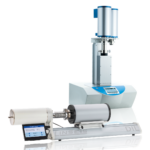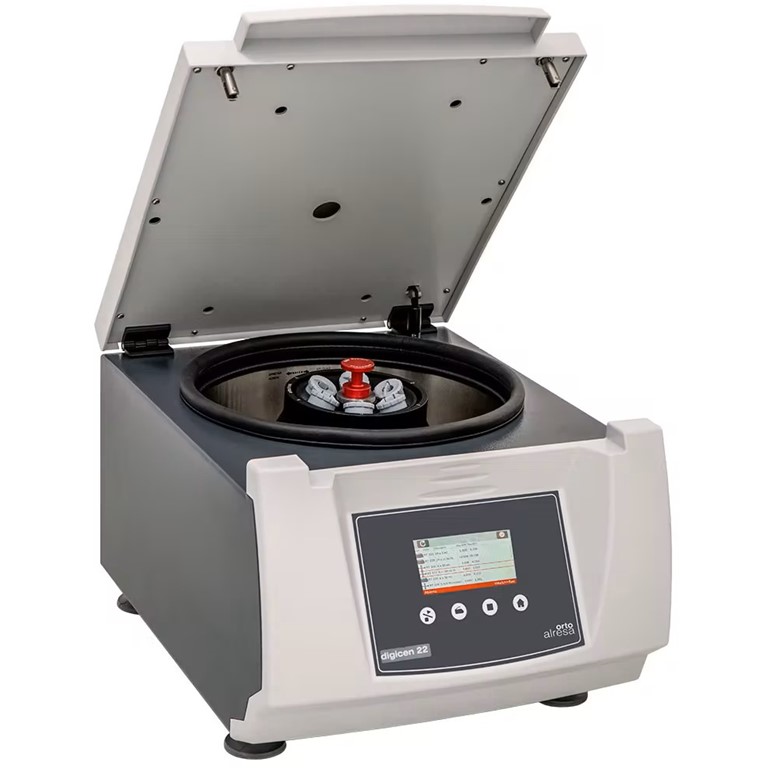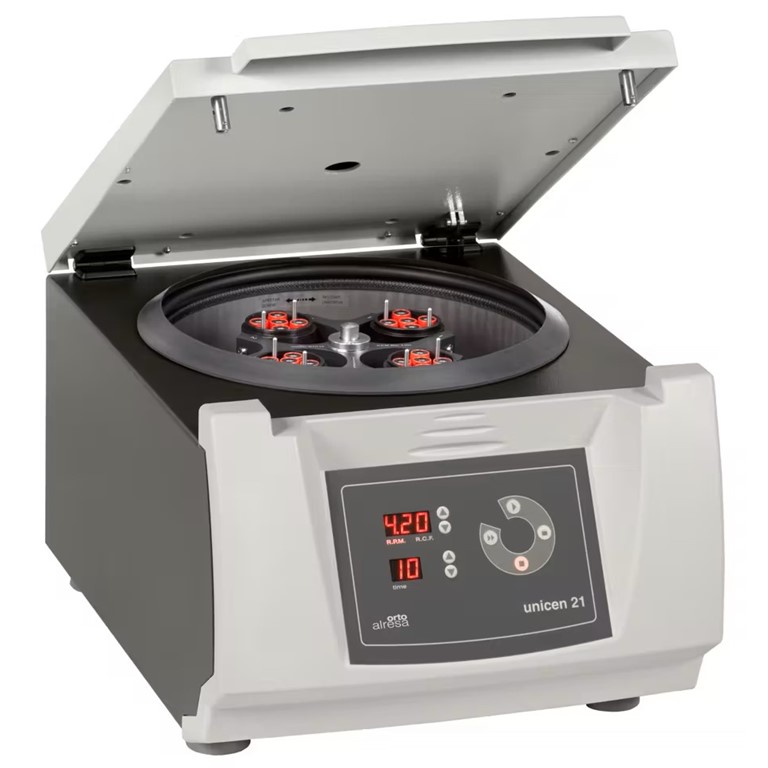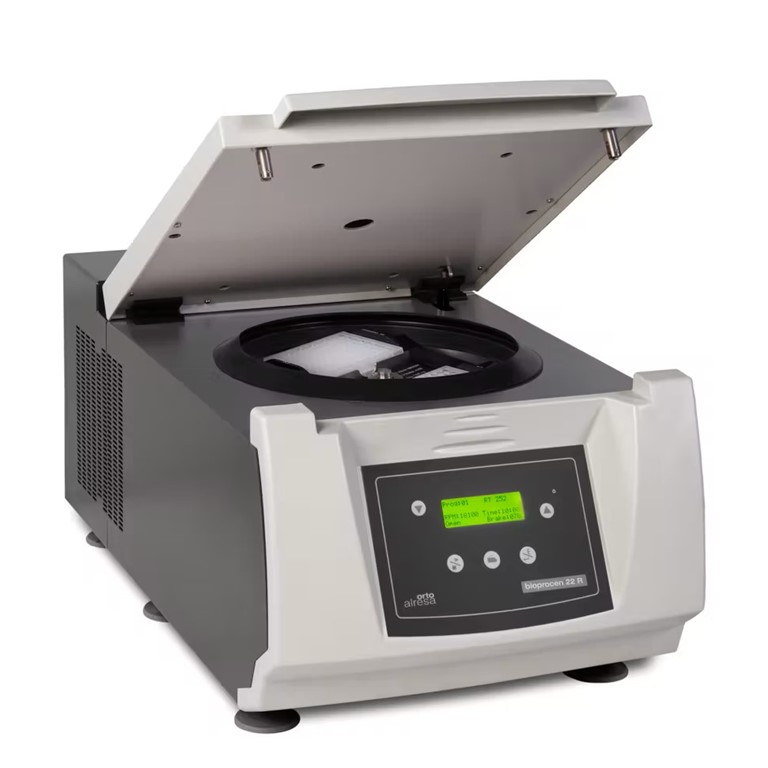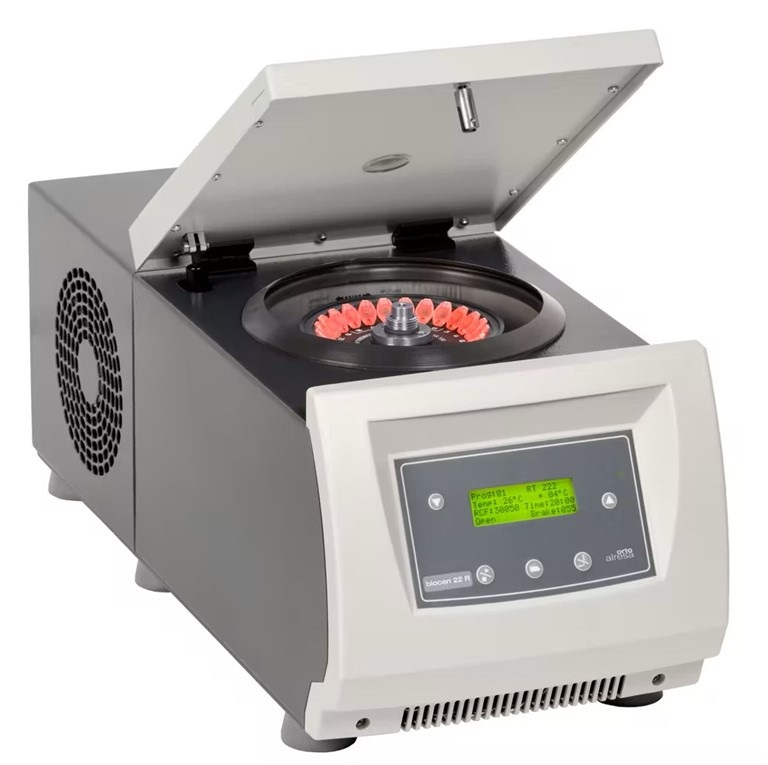Linseis – Διαστολόμετρα (Dilatometer)
Η Linseis προσφέρει μια σειρά από υψηλής ακρίβειας διαστολόμετρα για μετρήσεις θερμικής διαστολής στις επιστήμες των υλικών. Τα προϊόντα περιλαμβάνουν μονοπύρηνα, διπλά και διαφορικά διαστολόμετρα, καθώς και οπτικά και οριζόντια μοντέλα, καλύπτοντας τις ανάγκες στην έρευνα, τον έλεγχο ποιότητας, καθώς και σε βιομηχανικές εφαρμογές. Παρέχουν αξιόπιστη ανάλυση για στερεά, υγρά και σκόνες, σε θερμοκρασίες από κρυογενείς συνθήκες, έως άνω των 2800°C. Με δυνατότητες προσαρμογής και εξελιγμένο λογισμικό, είναι κατάλληλα για απαιτητικές ερευνητικές εργασίες.
Categories Αναλυτικός Εξοπλισμός, Διαστολομετρία (Dilatometry)
Brand: Linseis
Περιγραφή
Dilatometry - Expansion measurement - DIL
Measuring Principle
Linseis dilatometers offer maximum precision and enable automatic length change measurement of solids, powder pastes and liquids.
All Linseis dilatometers comply with international standards such as ASTM E831, ASTM D696, ISO 11358, ISO/DIS 9924, ASTM E1131, ASTM D3850, ASTM D6375, ASTM D6370, ASTM E2550 and ASTM D3175.
➡️ Measured variables and applications:
- Determination of the coefficient of thermal expansion (CTE)
- Linear thermal expansion (ΔL)
- Sintering temperatures and sintering stages
- Determination of the glass transition (Tg)
- Phase transitions
- Optimization of firing processes
- Volume changes
- Rate-controlled sintering (RCS)
- Decomposition
- Density change
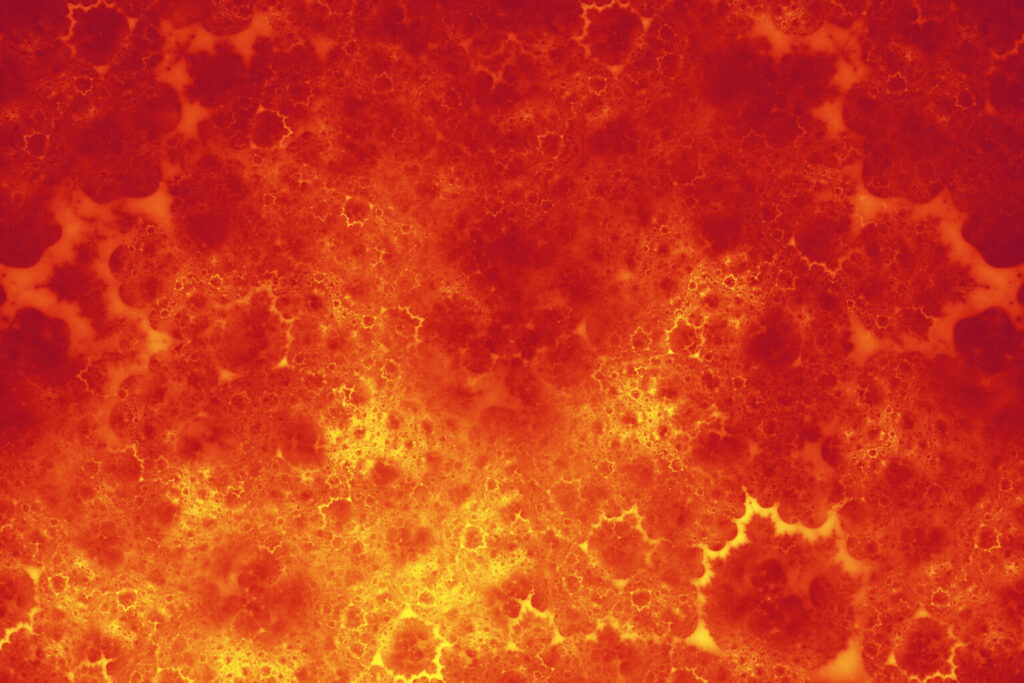
Linseis Dilatometer Series
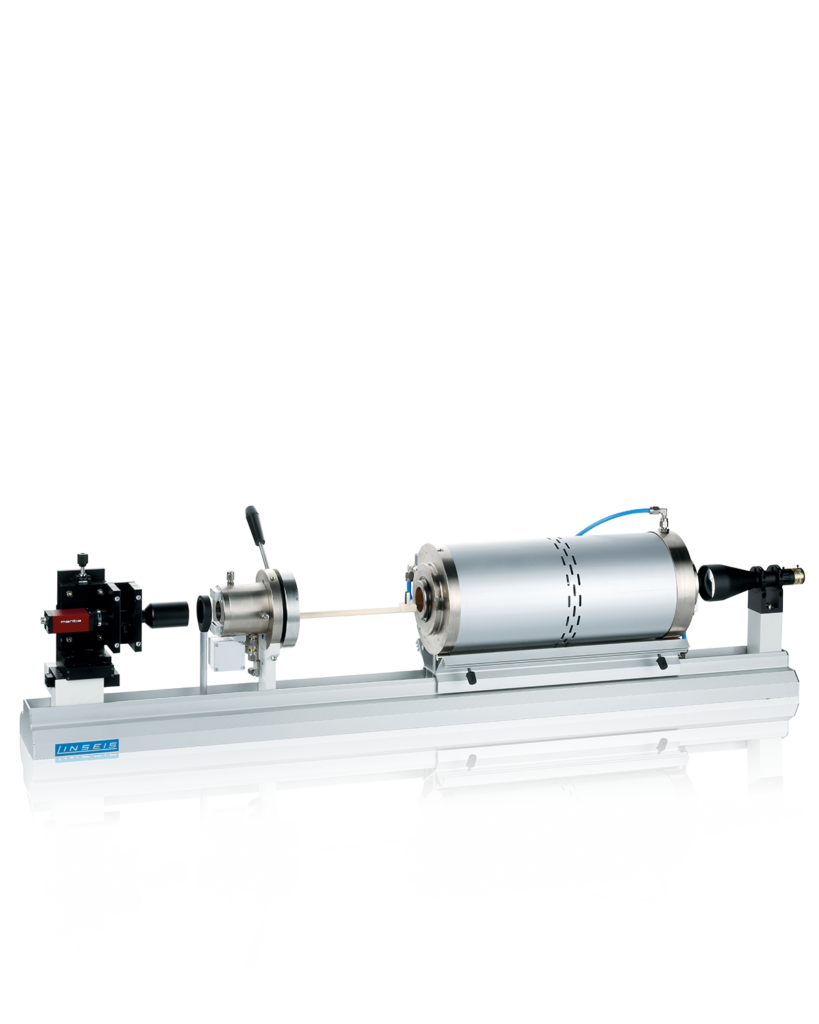

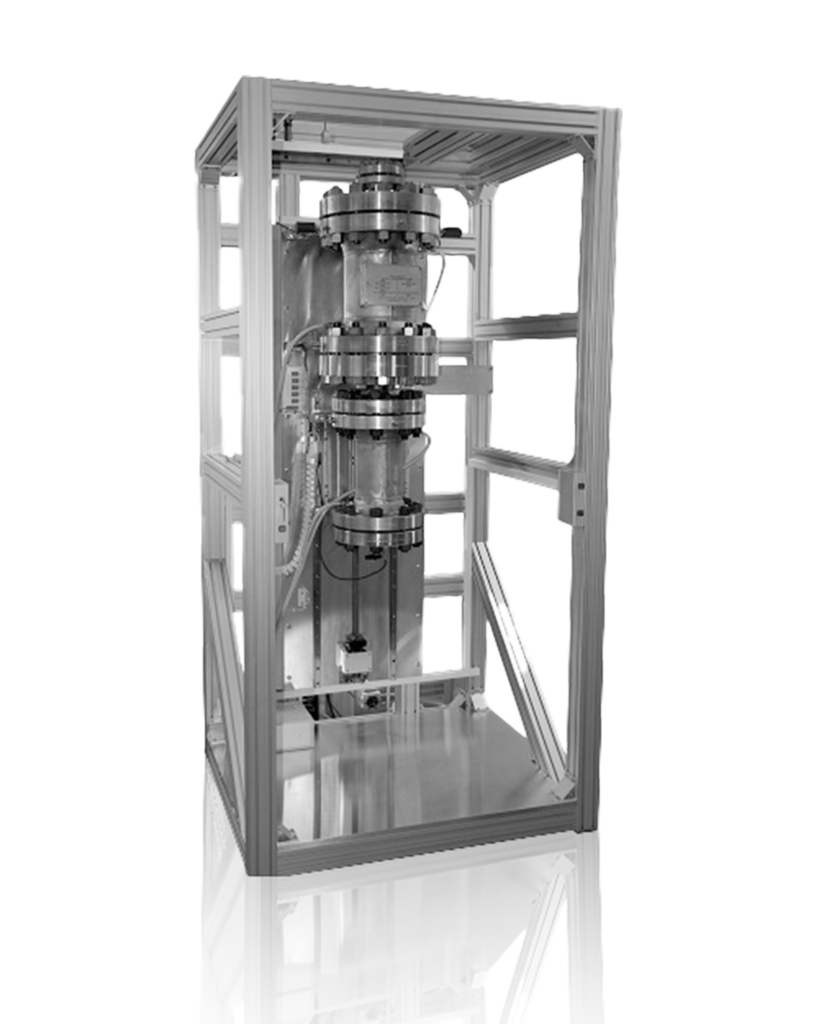
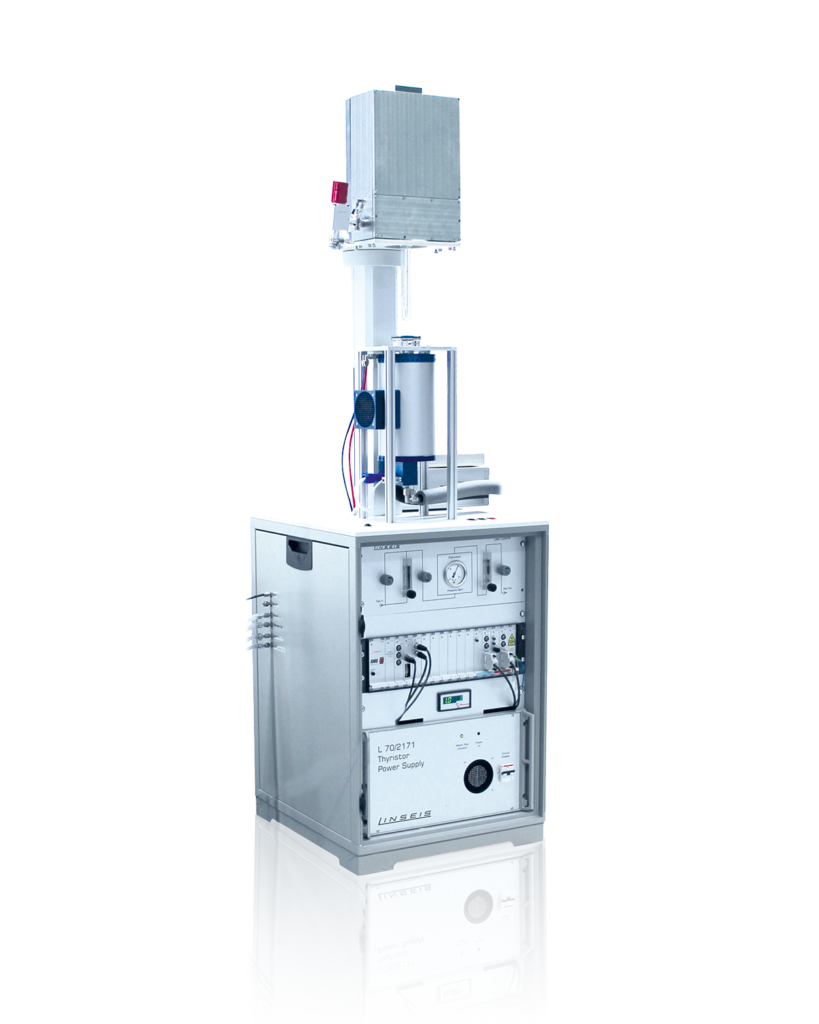
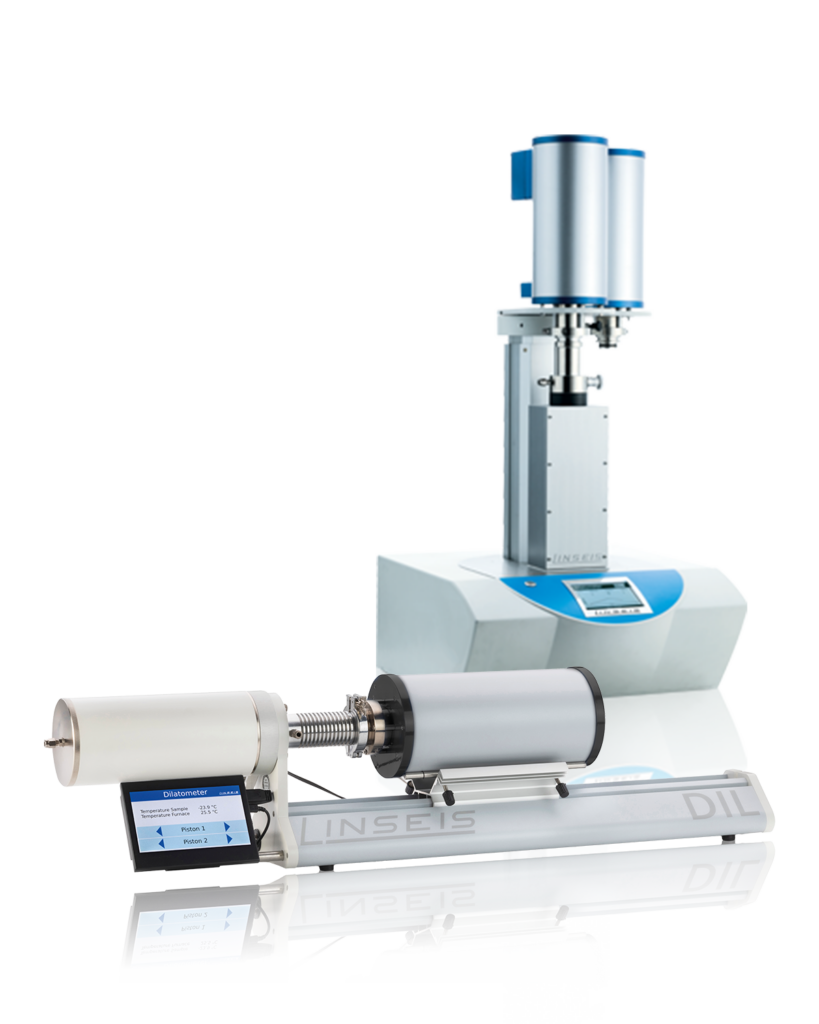
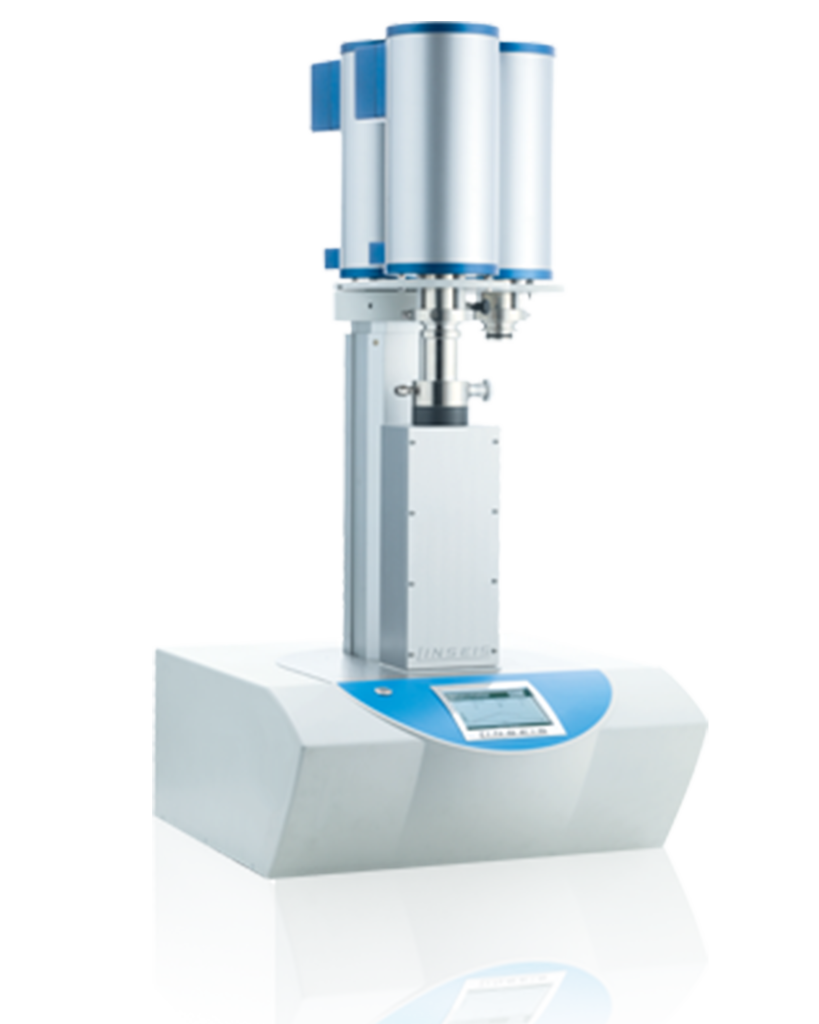
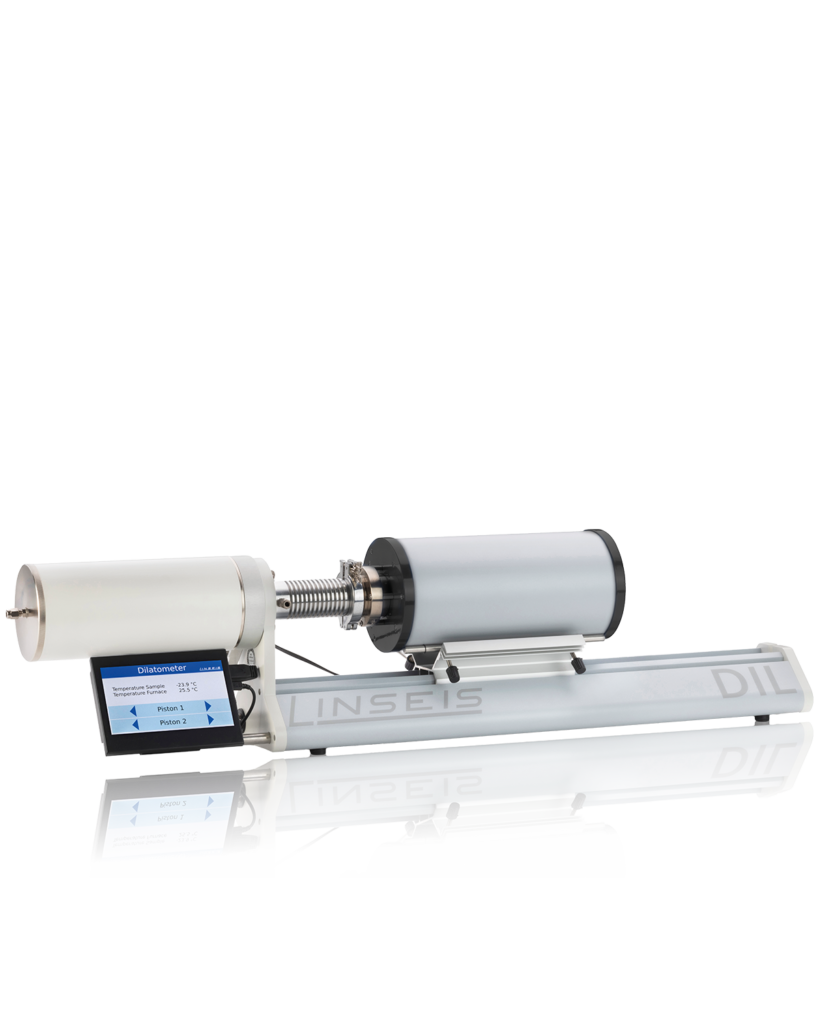
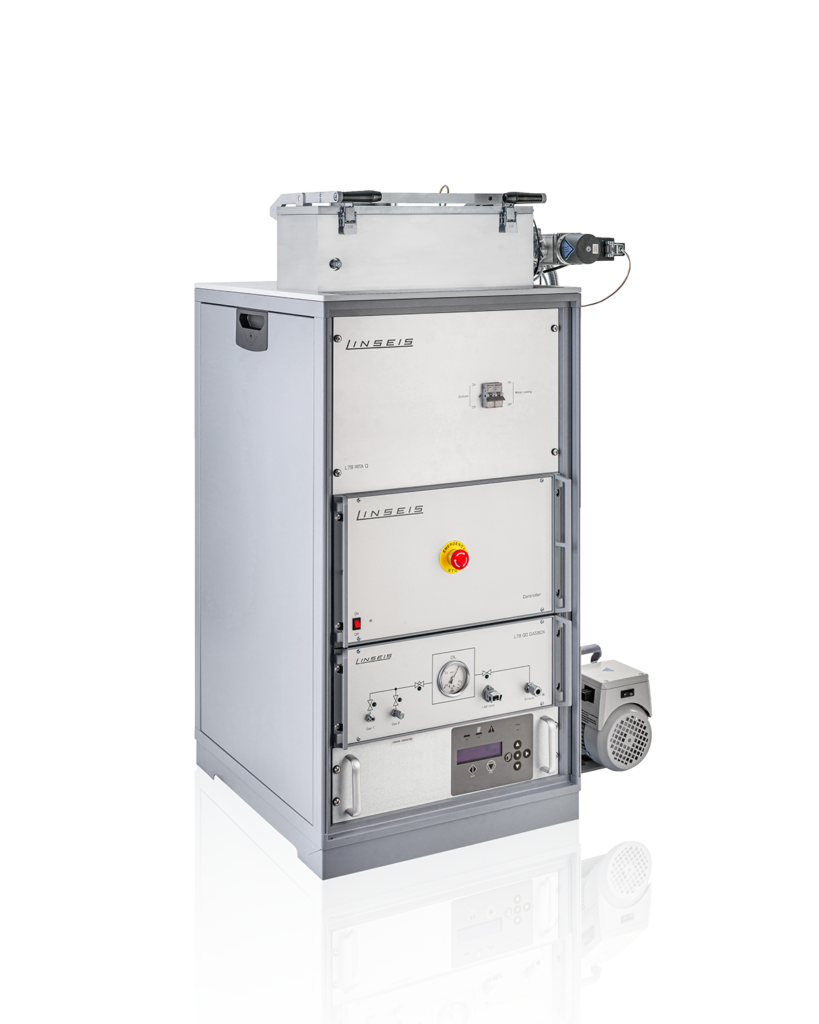
Horizontal vs. vertical structure
Horizontal alignment
- Simple and robust design at a moderate price
- Perfect choice for the medium temperature range
- Simple sample handling
- Customized dilatometers available for large samples
Vertical alignment
- Zero friction design (the sample is only in contact with the end stop and the push rod)
- Arrangement of several ovens (up to three ovens)
- to cover the entire temperature range from -180 to 2800°C, particularly ideal for low and very high temperatures
- to increase throughput (hot oven can be started up automatically to switch to a new cold oven and start a new measurement)
- perfect for measurements at low temperatures (oven below – measuring compartment above) to ensure access to the gas, cold air (falling downwards) below the sensor area
- perfect for high temperature measurements (oven above – measuring chamber below) to ensure access to the gas, hot air (flows upwards) above the sensor chamber
- low space requirement and low demands on the laboratory space
- available as single, differential/double and quattro arrangement (1, 2 or 4 samples simultaneously)
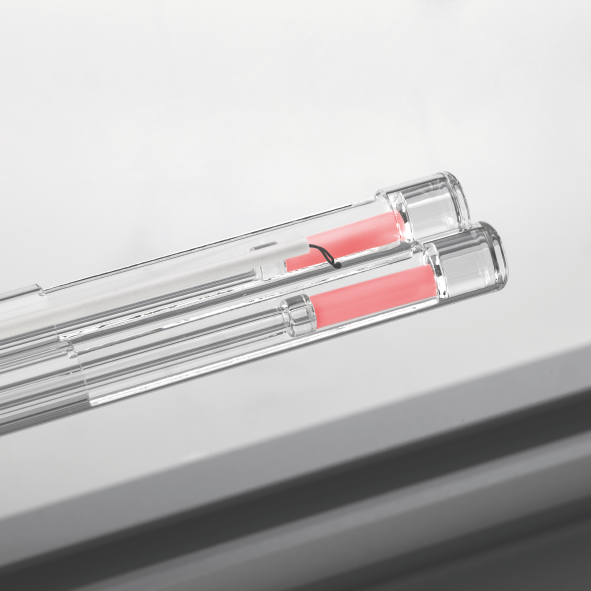
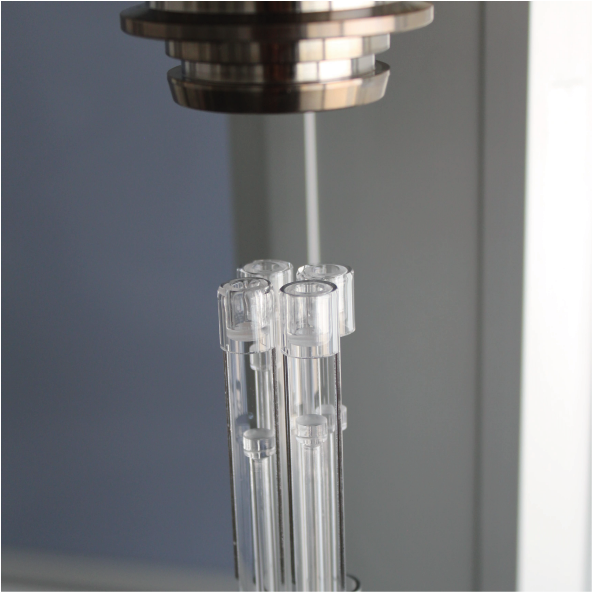
ΙΔΑΝΙΚΟ ΓΙΑ
Linseis dilatometers are ideal for:
- Thermal Expansion Analysis: Measuring thermal behavior in materials.
- Materials Science Applications: Studying ceramics, polymers, metals, and composites.
- Research & Development: Supporting high-precision experimental studies.
- Quality Control: Ensuring material consistency and performance.
- Industrial Use: Suitable for production and process optimization.
- Broad Temperature Ranges: Operating from cryogenic levels to over 2800°C.
- Diverse Material Forms: Analyzing solids, liquids, and powders.
ΠΑΡΟΜΟΙΑ ΠΡΟΪΟΝΤΑ
Οι Συλλέκτες Δείγματος υπό Κενό, HyperVAC-MAX & HyperVAC-LITE της G…
Οι υπερφυγόκεντροι της Gyrozen συνδυάζουν ακρίβεια, αξιοπιστία και κα�…
Οι Magnus 22 & 22 R είναι επιδαπέδιες φυγόκεντροι υψηλής χωρητ…
Η Dilitcen 22 R είναι επιτραπέζια φυγόκεντρος υψηλής χωρητικότητας με �…
Οι Digtor 22 και 22 R είναι επιτραπέζιοι φυγόκεντροι υψηλής χωρητ�…
Οι Consul 22 & 22 R είναι φυγόκεντροι υψηλής χωρητικότητας, συμ�…
Η Digicen 22 είναι μια universal φυγόκεντρος με πλήρη γκάμα ρότορων για �…
Η Unicen 21 είναι μια πολυλειτουργική φυγόκεντρος με ποικιλία ρότορων κ…
Η Bioprocen 22 R είναι μια πολυλειτουργική ψυχόμενη φυγόκεντρος για μι…
Η Biocen 22 είναι μια πολυλειτουργική μικροφυγόκεντρος, κατάλληλη για �…
Η νέα Microcen 24 αναδεικνύεται ως η λύση για όλα τα εργαστήρια που αν…
Η Minicen είναι μια συμπαγής και ισχυρή μικροφυγόκεντρος, ιδανική για �…

